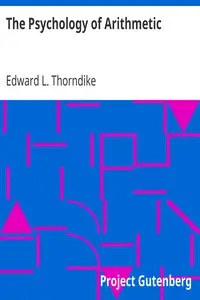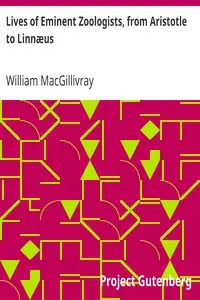"Response in the Living and Non-Living" by Jagadis Chandra Bose is a scientific exploration from the early 1900s, unveiling the fascinating reactions of living things and non-living stuff to different triggers, noting what makes their reactions alike and unalike. It looks closely at complicated interactions, such as reactions to movement and electricity, giving real-world observations and ways to test them. It starts by talking about how living things react to movement, explaining how things like pressure or heat can cause changes you can see, like muscles contracting. Bose goes on to describe how these reactions work, using special equipment to track and study how muscles act when different things are done to them. He points out that all living things react, paving the way for deeper looks into how plants and metals react to electricity, hinting that the same rules might control how both living and non-living things act when something is done to them.
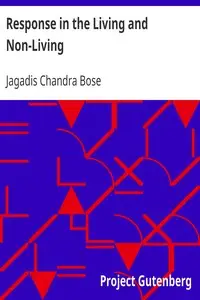
Response in the Living and Non-Living
By Jagadis Chandra Bose
Discover a world where plants, metals, and muscles share a hidden language, reacting to pressure, heat, and electricity in ways that blur the lines between life and non-life.
Summary
About the AuthorSir Jagadish Chandra Bose
(; IPA: [dʒɔɡodiʃ tʃɔndro boʃu]; 30 November 1858 – 23 November 1937) was an Indian polymath with interests in biology, physics, botany and writing science fiction. He was a pioneer in the investigation of radio microwave optics, made significant contributions to botany, and was a major force behind the expansion of experimental science on the Indian subcontinent. Bose is considered the father of Bengali science fiction. A crater on the Moon was named in his honour. He founded the Bose Institute, a premier research institute in India and also one of its oldest. Established in 1917, the institute was the first interdisciplinary research centre in Asia. He served as the Director of Bose Institute from its inception until his death.
Sir Jagadish Chandra Bose (; IPA: [dʒɔɡodiʃ tʃɔndro boʃu]; 30 November 1858 – 23 November 1937) was an Indian polymath with interests in biology, physics, botany and writing science fiction. He was a pioneer in the investigation of radio microwave optics, made significant contributions to botany, and was a major force behind the expansion of experimental science on the Indian subcontinent. Bose is considered the father of Bengali science fiction. A crater on the Moon was named in his honour. He founded the Bose Institute, a premier research institute in India and also one of its oldest. Established in 1917, the institute was the first interdisciplinary research centre in Asia. He served as the Director of Bose Institute from its inception until his death.

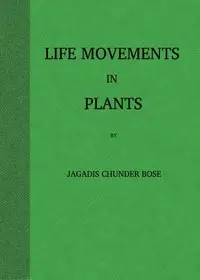
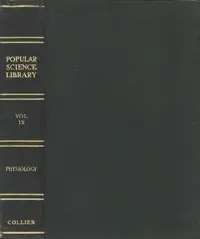
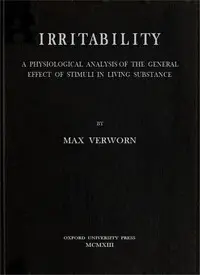
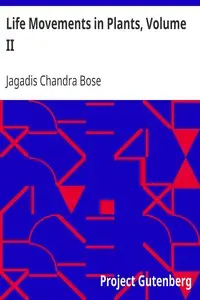
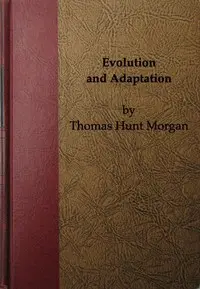
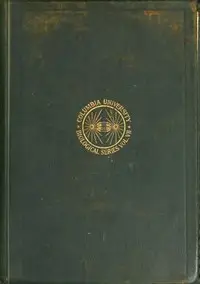

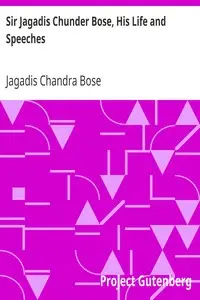


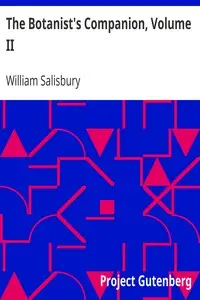
![Birds and Nature, Vol. 12 No. 5 [December 1902]
Illustrated by Color Photography by Various](https://cdn.a2-host.cloud/-0FXmXVQXD723oXWvq8peUDdRWsE3yo13MygtVy00JA/rs:fill:215:325:0/g:ce/aHR0cHM6Ly9zcC1hc3NldHMuczMudXMtd2VzdC0wMDQuYmFja2JsYXplYjIuY29tL2Jvb2svNDc4ODUvQmlyZHNfYW5kX05hdHVyZV9Wb2xfMTJfTm9fNV9EZWNlbWJlcl8xOTAyX0lsbHVzdHJhdGVkX2J5X0NvbG9yX1Bob3RvZ3JhcGh5X2NvdmVyLmpwZw.webp)
